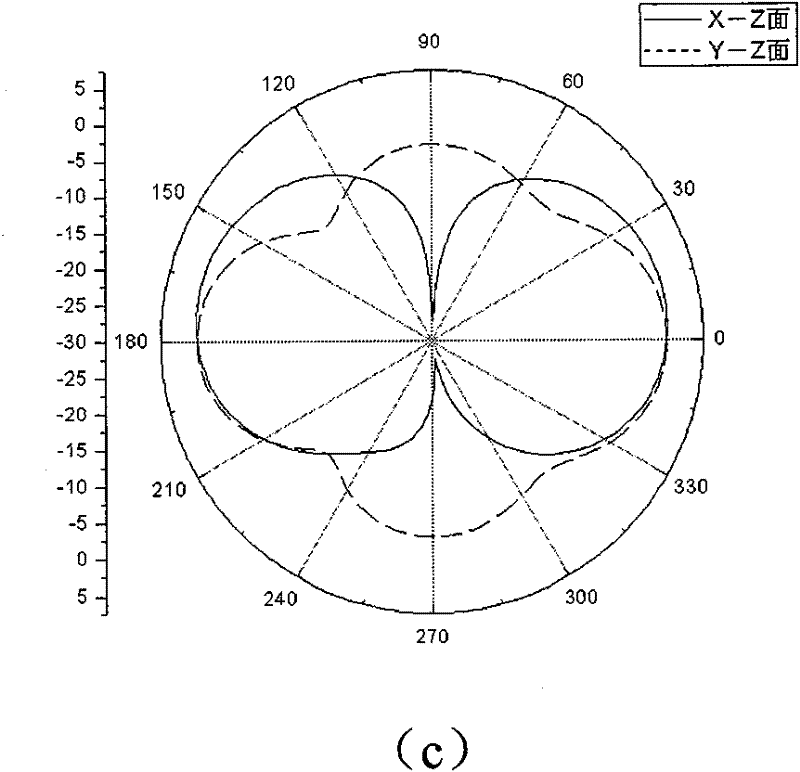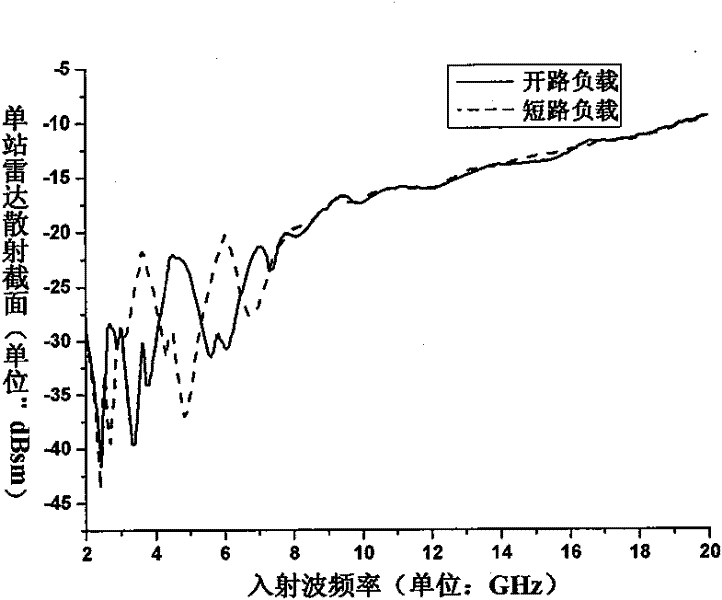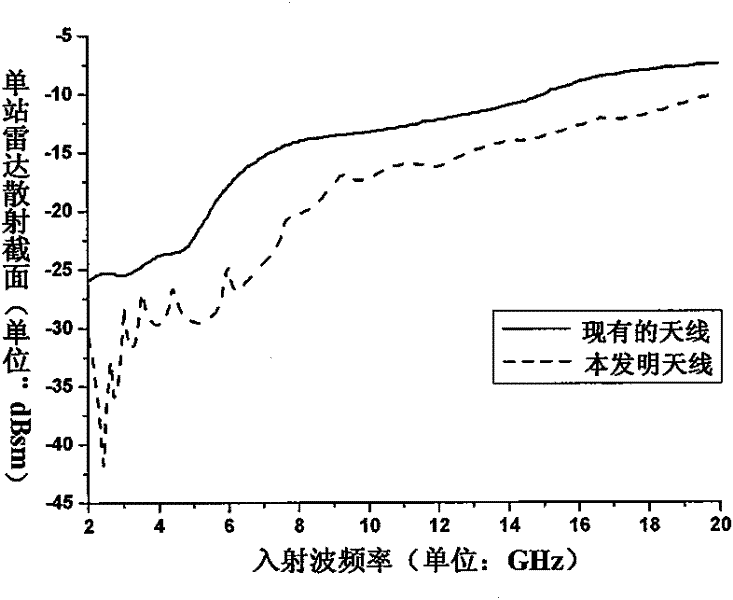Ultra-wideband bionic antenna with low radar scattering cross section
A radar cross section and ultra-wideband technology, applied in the field of bionic antennas, can solve the problems of high antenna radar cross section, unfavorable antenna stealth, unfavorable antenna and carrier conformality, etc., achieve low radar cross section, reduce surface coverage, Easy stealth effect
- Summary
- Abstract
- Description
- Claims
- Application Information
AI Technical Summary
Problems solved by technology
Method used
Image
Examples
Embodiment Construction
[0024] Reference figure 2 The invention is mainly composed of a dielectric material plate 1, a radiating unit 2, a radiating floor 3 and an SMA coaxial conversion joint. The dielectric material board 1 is a double-sided copper-clad dielectric material board with a dielectric constant of 4.4. The radiation unit 2 is printed on the front side of the material board, and the radiant floor 3 is printed on the back side of the material board. The inner core 4 and the outer core 5 of the SMA coaxial conversion joint are respectively welded to the radiating unit 2 and the radiating floor 3 of the antenna.
[0025] Reference image 3 a. The radiating unit of the antenna of the present invention is designed according to a shape similar to insect antennae. It is composed of a rectangular column 21 and a plurality of arc bars 22 symmetrically distributed on the rectangular column, forming a fan-shaped structure. The central angles of these arc bars are the same, and the radius size increase...
PUM
 Login to View More
Login to View More Abstract
Description
Claims
Application Information
 Login to View More
Login to View More - R&D
- Intellectual Property
- Life Sciences
- Materials
- Tech Scout
- Unparalleled Data Quality
- Higher Quality Content
- 60% Fewer Hallucinations
Browse by: Latest US Patents, China's latest patents, Technical Efficacy Thesaurus, Application Domain, Technology Topic, Popular Technical Reports.
© 2025 PatSnap. All rights reserved.Legal|Privacy policy|Modern Slavery Act Transparency Statement|Sitemap|About US| Contact US: help@patsnap.com



